What is the gap, you ask? Well, consider that 90 percent of the information we have created has been made in the last two years.1 The Internet of Things promises to further expand connectivity and communication between every object and person, forming, at a minimum, a massive data deluge. The Harvard Business Journal and Business Insider similarly describe this future as digital ubiquity and the graph (below) depicts connectivity among devices skyrocketing by 2018.2 There soon will be more than two billion people with supercomputers, otherwise known as smartphones, in their pockets, which will be armed with powerful and intimate tools based on their preferences, finances, and even biodata.3Yet according to a recent Gallup poll, even with all this data and digital enhancement, a majority of consumers can’t identify with leading brands.4 In our global study, we found that only 24 percent of consumers would say they are intimate with any brand.5 The gap we see is the growing chasm between enabled and increasingly entitled consumers and the proliferation of brands, products, and services clamoring for their love and attention.
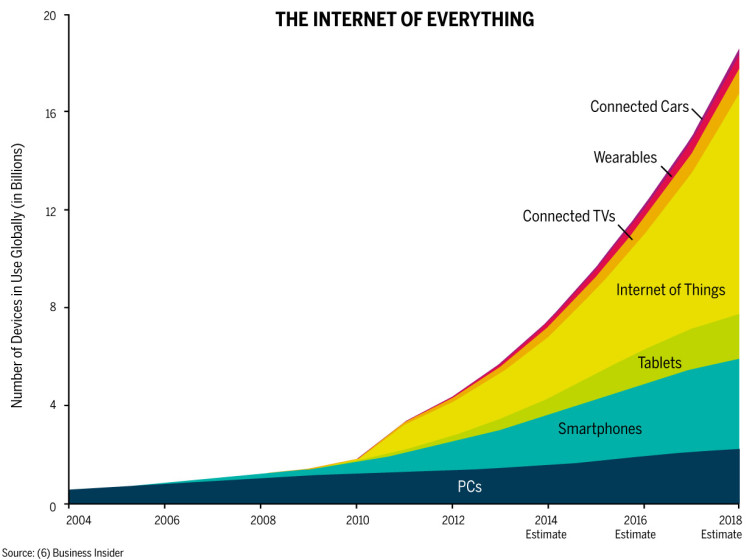
The good news is that the opportunity for brands and those who market them is immense if they can find a winning formula to bridge the gap. Gallup research has found that customers who are fully engaged represent an average 23 percent premium in terms of share of wallet, profitability, revenue, and relationship growth over the average customer. The same study showed that companies that engage both their employees and their customers gain a 240 percent boost in performance-related business outcomes.
In addition to the advantages of “fully engaged” stakeholders identified by Gallup, MBLM’s study demonstrated that top-ranked intimate brands outperformed all the major financial indices in profit growth spanning the last four years.
Because the upside potential for intimate or engaged brands is immense, before you take the leap, here are some ways to gauge the gap between your brand, technology, and your stakeholders.
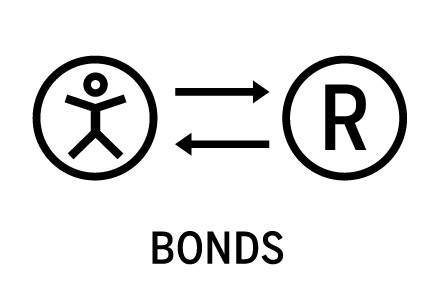
1. Examine the bonds your brand builds
Are you using yesterday’s strategies to solve tomorrow’s marketing problems? Many of your traditional methods may still be valid. However, in this data-rich, influence-driven landscape, are you appropriately planning and assessing the depth and intensity of the relationships that people have with your brand and what influences them?
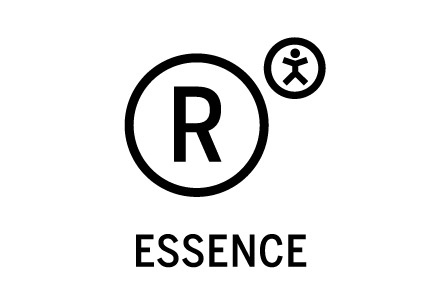
2. Articulate and motivate through your brand
Does the essence of your brand promote or inspire greater intimacy with your stakeholders? Is it rooted in factors that enable the brand to forge powerful emotional connections that drive decisions? Does your brand align with enduring human fundamentals? Is your brand relevant?
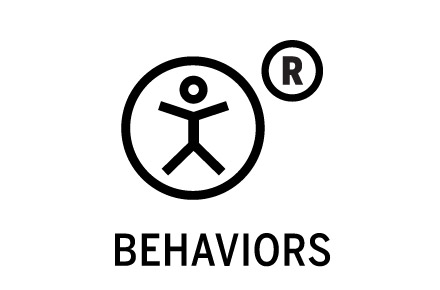
3. Reinforce the behaviors you want to align between your brand and your cultural values
Since the first real bonds your brand has to establish are with its internal stakeholders and partners, are your employees aligned, inspired, and ready to deliver compelling on-brand experiences? Do they see their role in building your brand equity through each of their interactions?
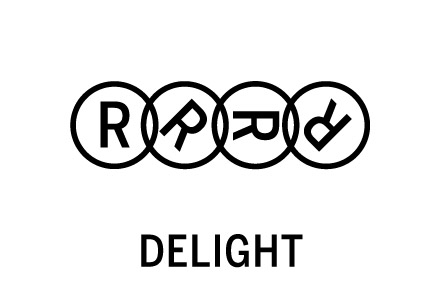
4. Design your brand for today’s aesthetic sensibilities
Does your brand identity, messaging, and content resonate? Are you attracting your audience? Does your brand promote sharing, bonding, or fusing behavior? Does your audience see you distinctly against your competitors? Are your materials optimized for today’s digital landscape?
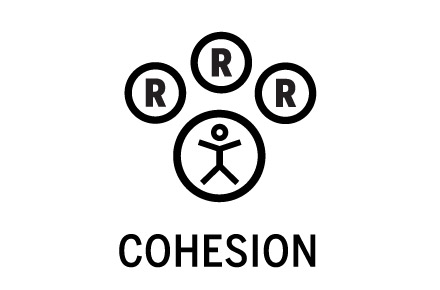
5. Manage your brand and foster your marketing community like an operating system
Is your brand managed in a disciplined way, yet adaptable to changing needs or conditions? Are you supporting your whole marketing and communications community effectively? Are you striking the right balance between engaging your marketing community versus mandating? Can you see where and when the brand succeeds or fails to meet expectations?
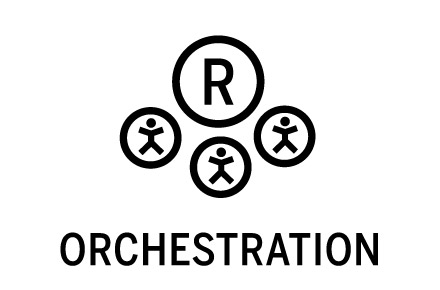
6. Drive your brand to inform and please customers in every interaction
Are you demonstrating your brand’s value or offer through effective content and truly integrated campaigns? Do you have the right integrated media mix? Are your methods delivering consistent experiences that resonate? Can you identify the areas of weakness in your activation?
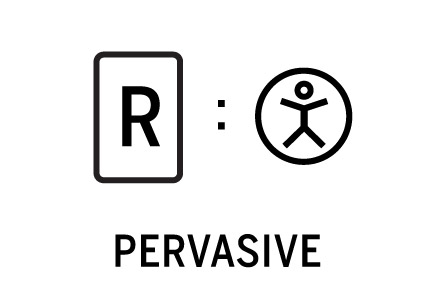
7. Use the proliferation of devices and platforms as an ally
Is your brand in enough channels and in the right ones? Have you developed ways to leverage the ubiquity of device usage to become a more valuable part of your customers’ personal and work lives? Are you balancing traditional and emerging platforms to broaden your audiences?
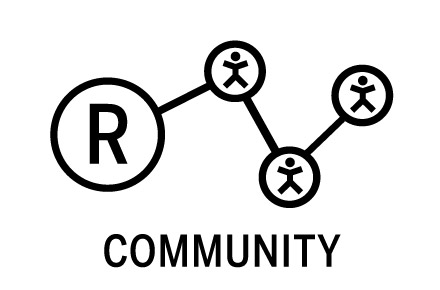
8. See your brand as a community and yourself as the activities coordinator
Are you discovering and embracing the communities that your customers frequent? Are you finding ways to share in addition to sell? Can you create compelling content for these communities? Is customer engagement elusive? Are you encouraging dialogue, sharing, and influence?
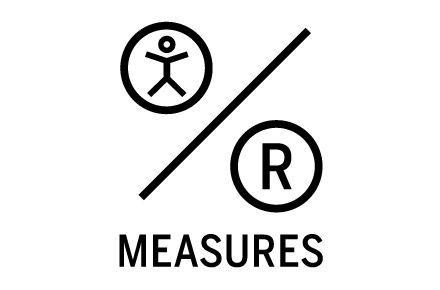
9. Don’t let the deluge of data drown out the signal from the noise
Have your analytics been aligned with the right marketing goals? Are you measuring traditional and emerging aspects of brand performance? Are you measuring and benchmarking the depth and intensity of your customer relationships? Does your brand performance measure up?
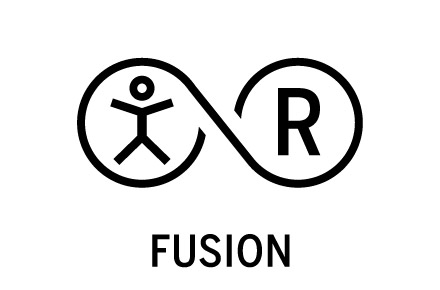
10. Create and sustain ultimate brand relationships
Do your stakeholders co-identify with your brand? Is there positive emotion behind their behaviors toward your brand? Are you fulfilling the expectations of all your stakeholders? Finally, are your efforts correlating to real business performance?
Independently or in combination, these ten topics and the more than thirty-five questions posed will assist you in determining the area and degree of your marketing challenge. Your potential gap may be anywhere along or throughout the spectrum from insights, strategy, and design to managing, activating, and measurement. Breaking down the challenge as a series of interrelated steps can make the process easier. Knowing the breadth and depth of your brand’s gap can be your first effective step to forging indelible bonds between your stakeholders and your brand.
Mind the gap and start the process of achieving greater brand intimacy that delivers stronger marketing outcomes and returns for the long term.
Review the sources cited in this article here.
To learn more about MBLM, click here.
